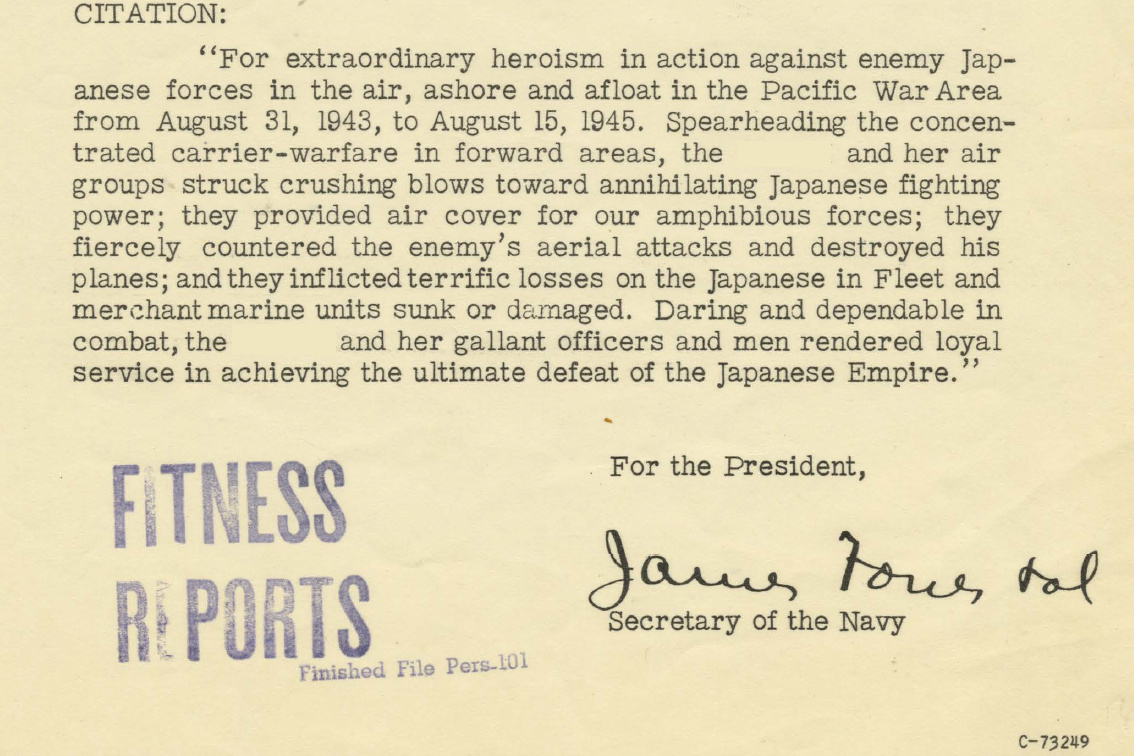Again, this mail call is more of a “group” of question types that’s been raised up during discussion. Specifically, the nature of the cold war and how the world alters.
“If the US and the USSR cooperates more does it mean there’s no cold war?”
Not really. Countries have different interests, and the US and the USSR will still be going head to head on certain matters that will result in tensions and will result in conflict. In order to maintain a reasonable degree of believability we can’t just have the USSR and the US and everyone else hold hands and suddenly be friends. While that’s what I’d like to see happen, it’s going to take decades of continued work to get to that point, and some of the more cynical folks would point to say, our relationship with France or the UK and say that there’s no such thing as friendships between countries.
However, how the two countries compete. How they choose to interact. That, I think is worth exploring. Let me show you an example.
This proposal, raised by Eisenhower in 1955, is commonly known as the Open Skies doctrine, though I’ve heard that the concept is really termed “mutual aerial observation.” The proposal to the Soviets was pretty simple. You give us your maps, we give you ours, and we each allow unlimited observational flights over each other’s territory. We’ll tell each other where our military bases are so we can check on each other in case there are arms build-ups and the like.
In real life, the Soviets rejected this. Khrushchev denounced the idea, calling it little more than “U.S. espionage.” Latter media (not only Russian media, American media as well) has criticized Eisenhower’s intent, critiquing that he probably knew the Soviets would never have agreed to such an idea and wanted to use it to embarrass the Soviet Union so that the US could maintain the moral high ground by appearing to be more pro-peace.
Studying Eisenhower’s biography, however, and I think this is an important perspective to keep in mind. Frequently, I believe US policy is not entirely dictated by the realities of realpolitik. Rather, much of the policies set forth do depend heavily on the individual in question. There’s a particular brand of idealism found in the ideas presented by many U.S. presidents, possibly due to historical tradition or cultural values, and I think Eisenhower is no exception. I’m not saying that he doesn’t see the reason in presenting the US as the country calling for peace. Leaders of countries are frequently far more capable than we give them credit for. What I am saying that Eisenhower’s military experience gave him a lot of personal reasons to not want to see a “nuclear Pearl Harbor” or for us to get into an arms race.
A trip to the Eisenhower library or even the website’ll tell you a lot about his personality and there’s plenty of quotes online that you can look at to see if you reach similar conclusions.
So, what happens in Pacific, then?
Of course the Soviets shoot the idea down! At the time, it simply wouldn’t be realistic enough for the Soviets to agree to something as drastic as this.
However, given the overall trajectory of this particular world’s historical development, the rejection wasn’t as blunt. Khrushchev might have thought for a moment and said nothing, and the Soviet delegate hurriedly called the meeting to a close without commenting on it terribly much.
Or maybe that there were talks to begin about what the details may be, and because the US and the Soviets couldn’t agree on anything, the talks never went through.
Now you see why I find Pacific fun. There are several things I’d like to see happen, and one of the ways to do this is through careful arrangements of historical events. Ultimately, it’s up to the reader to decide if the path we took is believable. 🙂
See you next time.

